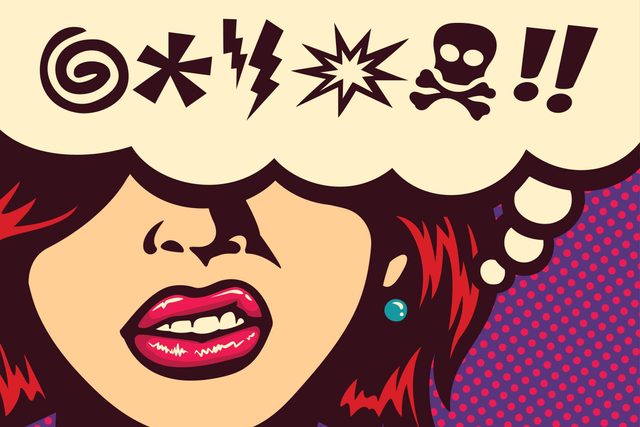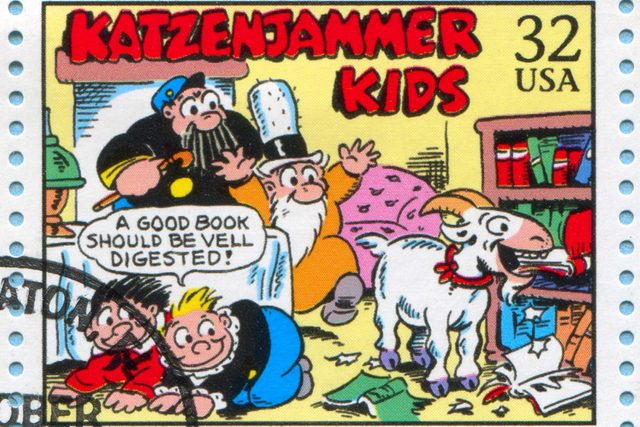This Is Why We Use %$@#! to Represent Curse Words
Updated: Nov. 04, 2022
You know exactly what those random symbols mean, but they weren't always used to hide offensive language.
 When you want to use strong language on social media but don’t necessarily want your kids or in-laws to see, there’s one trick that gets the point across without slumming your speech with swear words: slamming on the symbols on your keyboard. Whether you choose $&@# or *#%$, your message is clear. So how did those random symbols get started in the first place?
When you want to use strong language on social media but don’t necessarily want your kids or in-laws to see, there’s one trick that gets the point across without slumming your speech with swear words: slamming on the symbols on your keyboard. Whether you choose $&@# or *#%$, your message is clear. So how did those random symbols get started in the first place?
Trying to cover up curse words is nothing new. As early as the 1680s, editors would replace one or more letters with hyphens and dashes to avoid printing curse words, such as printing “d—” or “B-tch” in poems and other writings. Eventually, asterisks were added into the mix too. The offensive words weren’t there in full, but readers could fill in the blanks pretty easily. (Avoid any awkward moments with these 1,000+ clean jokes from our editors.)
You probably first ran across symbols representing profanity in comics, so it’s no surprise that’s where the simple dashes transformed into more colorful symbols. Illustrator Rudolph Dirks introduced speech bubbles to the world of comics, and his strip Katzenjammer Kids would make waves with the words inside those bubbles, too.

The comic strip focused on two cheeky twins, Hans and Fritz, whose antics would frustrate their mom, school workers, and other members of the community. Done right, cursing can add humor to a scene, but Dirks couldn’t write blatant profanity into his New York Journal gig. So in the earliest known use of grawlix—the term Beetle Baily creator Mort Walker coined for representing curse words with random symbols—Dirks used pictures instead of curse words. (Craving more modern humor? Check out these 75 work cartoons that will get you through the week.)
In a December 14, 1902, Katzenjammer Kids strip, the illustrator put random symbols in character Uncle Heine’s speech bubble. Because he wasn’t limited to keyboard options, Dirks got creative and included an anchor with exclamation points, a star, and other symbols. With the adults in the strip on the floor after falling from a chandelier, readers immediately got the point, and grawlix soon caught on with other comics creators. After all, what the @#$% else could those symbols mean?
[Sources: Dictionary.com, Slate]